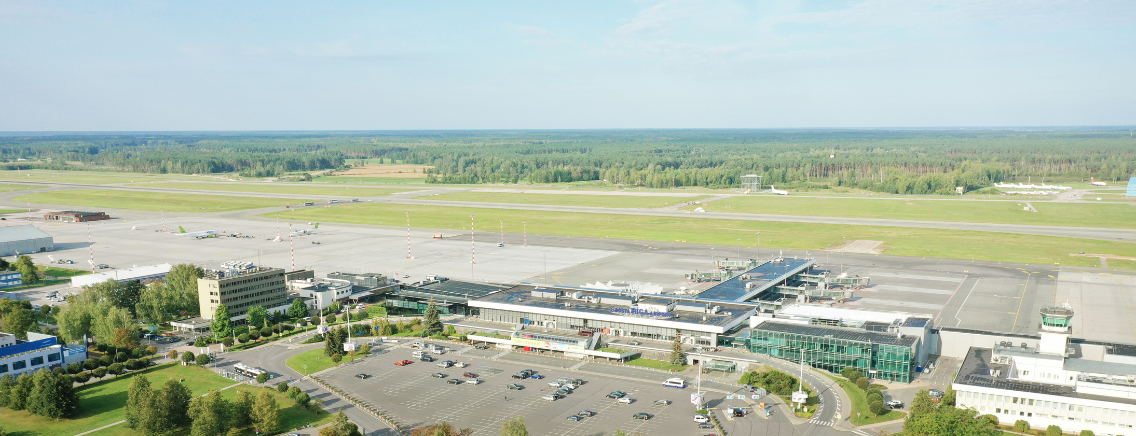About the project
On 30.12.2022, Riga Airport signed the grant contract and on 26.01.2023 signed the consortium contract for the project "Integration and Digital Demonstration of Low-emission Aircraft Technologies and Airport Operations" (INDIGO). It will be implemented by ten cooperation organizations in five countries, including the Carlos III University of Madrid in Spain, the Universities of Strathclyde and Bristol in Great Britain, the Technical University of Bochum in Germany, the German Aerospace Research Center, the Italian Aerospace Research Center and State Joint Stock Company "Riga International Airport".
The project will be implemented from 1 February 2023 to 31 March 2026.
The aim
The aim of the INDIGO project is to determine the potential benefits for improving air quality and reducing noise levels near airports from the use of a new type of mid-size aircraft powered by hybrid electric propulsion and able to fly ultra-quiet and with minimal emissions near airports but using conventional or sustainable aviation fuel at higher altitudes.
Funding
The total budget of the INDIGO project is EUR 4 397 391. EUR 3 111 446.25 is the co-financing of the European Union program "Horizon Europe", of which the part of Riga Airport in the project budget is EUR 57 962.50.
Activities
The project anticipate seven work packages. Riga Airport is involved in three research and one administrative work package.
Riga Airport participates in the following research work packages:
- environmental impact model of the Airport;
- choice of airports and operational scenarios;
- preparation of high-fidelity simulations at the Airport.
Completed works
The Airport has prepared data about Riga Airport and aircraft flights that are necessary for the research.
The result to be achieved
Increased technological readiness level of hybrid electric propulsion aircraft and aircraft with a high wing length-area aspect ratio. This includes assessing the possibilities of such aircraft to reduce the impact of noise and pollutants on the population in the vicinity of airports.
